PETE NAMLOOK/KLAUS SCHULZE featuring BILL LASWELL
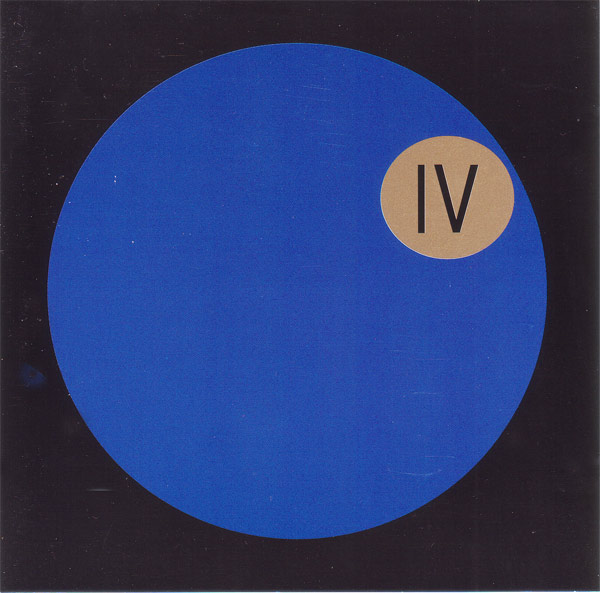
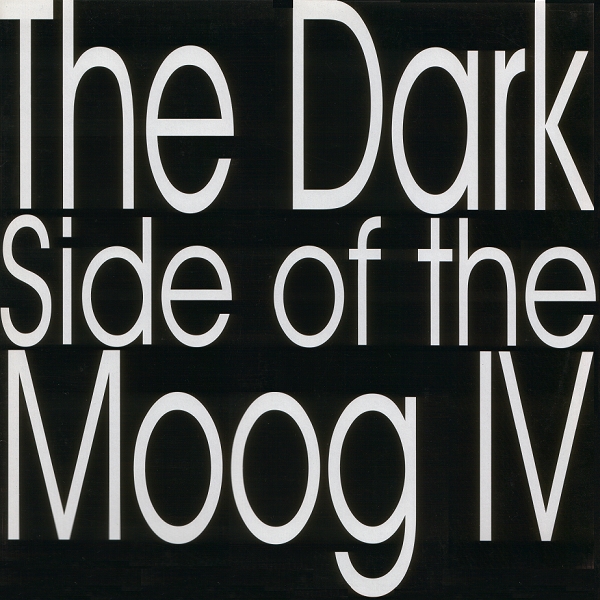
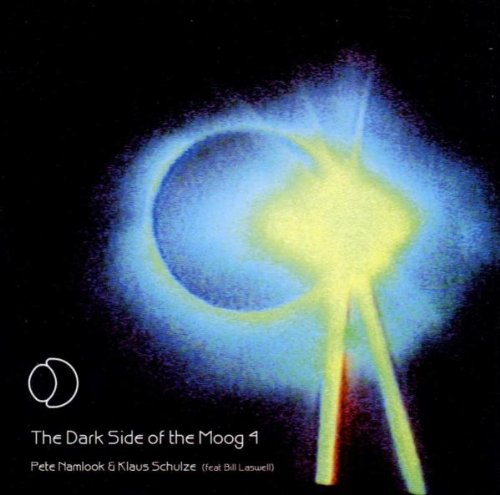
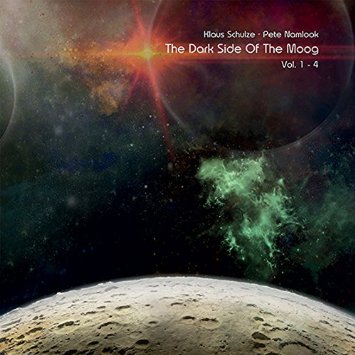
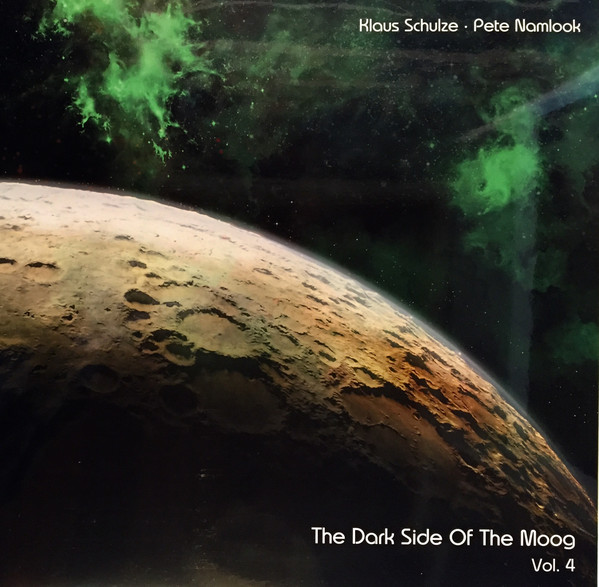
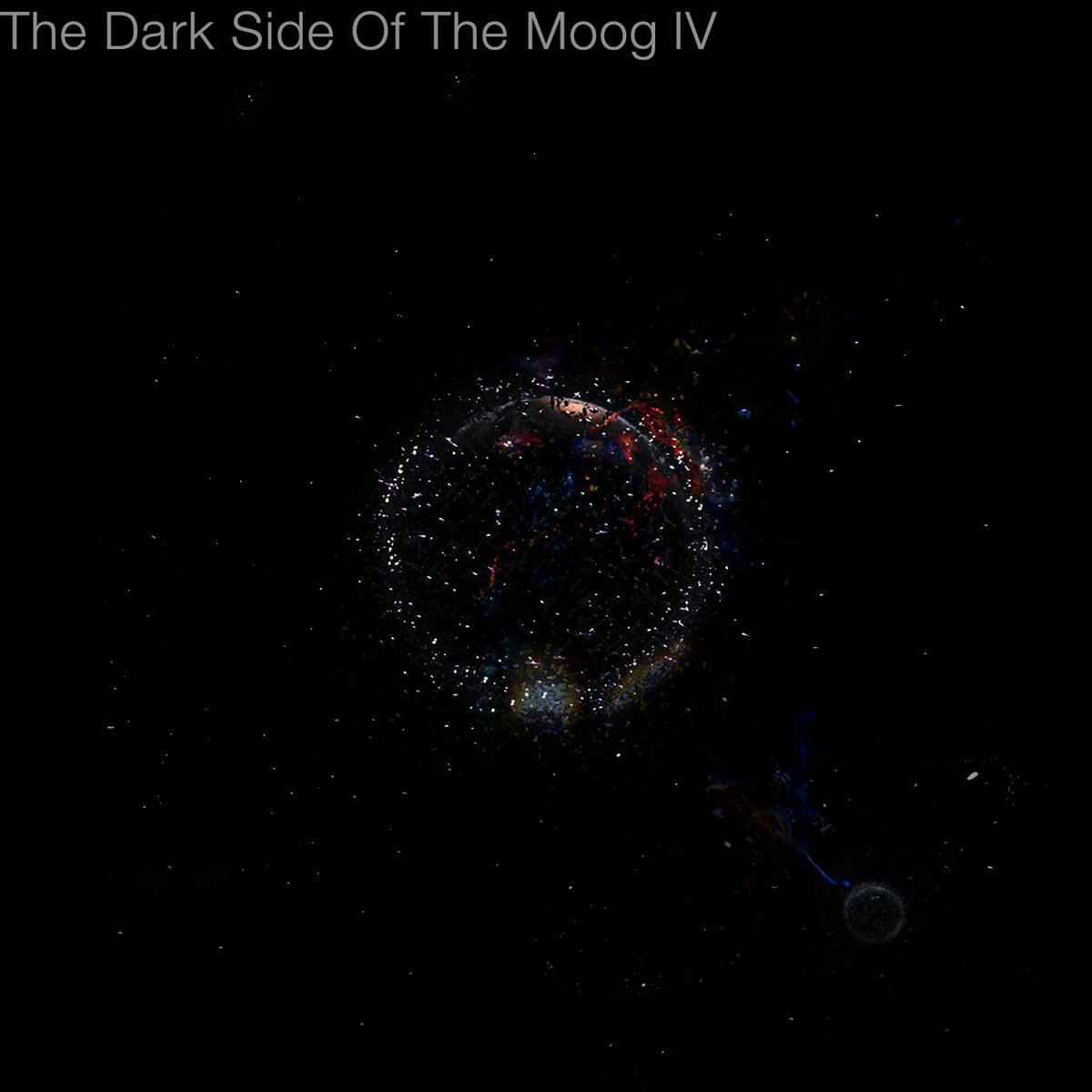






Three Pipers at the Gates of Dawn
1/ Part I (Namlook,Schulze,Laswell) 6.55
2/ Part II (Namlook,Schulze,Laswell) 21.48
3/ Part III (Namlook,Schulze,Laswell) 4.57
4/ Part IV (Namlook,Schulze) 2.21
5/ Part V (Namlook,Schulze,Laswell) 2.28
6/ Part VI (Namlook,Schulze) 7.56
7/ Part VII (Namlook,Schulze) 2.53
8/ Part VIII (Namlook,Schulze,Laswell) 8.52
9/ Part IX (Namlook,Schulze) 1.51
Recorded at Klanglabor, Frankfurt, Germany, Moldau Music Studio and
Greenpoint Studio, Brooklyn, New York
Engineer at Greenpoint: Robert Musso
Produced by Peter Kuhlman
Artwork by Yoko Yamabe @ Randesign (Bandcamp release)
Pete Namlook & Klaus Schulze: sounds, treatments; Bill Laswell (1,2,3,5,8):
bass, sound collage.
1996 - FAX +46-69/450464 (Germany), PK 08/108 (CD)
1996 - FAX +46-69/450464 (Germany), PK 08/112 (12")
1996 - Ambient World (Germany), AW 011 (CD)
2016 - Made In Germany (Germany), MIG 01382 (5CD)
2018 - Music on Vinyl (Europe), MOVLP2104 (2x12")
2020 - Bill Laswell Bandcamp (digital)
Note: The 12" version contains Parts VIII and IX and excerpts of Parts I, II and VI.
I'm not too familiar with a lot of Klaus Schulze's work, and I know there's plenty of it out there (including a disc of Klaus remixes by Namlook), but I found it more difficult then usual to sort which band member was responsible for which aspects of the music showcased here. Surely Klaus controls much of the analog keyboard progressions, while Laswell brings his own experience as a well-seasoned producer, always armed with his trusty bass. Namlook I envision to be involved with most aspects of the project of course, but in particular his sound is identifiable in the spectacular glowing guitar texture-melodies and some of the percussive patterning. Beyond these basic assumptions, all of the musicians seem to be responsible to some degree for the conceptual groundwork this album seems to be built upon. Many features of previous Dark Sides are here, but updated or enhanced in one way or another. As I was writing this one up I had an email conversation with fellow a listmember regarding who was responsiblefor which components of the recording. His hypothesis is that allthree musicians are pretty much evenly mixed with no one particularperson overshadowing the others, making DSOTM4 a little unusual in that respect. This makes sense to me, and certainly would at least partly explain the smooth mingling of techniques. Overall, this album is quite varied, often fluctuating from quieter, beatless passages into harder beat- oriented ones in the blink of an eye. Should take you by surprise several times before it's finished!
Part 1 - The instruments are warming up, much in the same manner an orchestra does. Keyboards and drum machines are doing this too, an echoing bass thump, some synthy zipper textures. This continues for the initial moments, the disparate elements wandering any which way. Atmospherics eventually overtake the warm-ups, floating unanchored, ready to start the story. And just before hitting the 7 min mark, the giant second part begins.
Part 2 - After the launch, a lone arpeggiating bassline sets the backbone for the next 15 minutes or so, occasionally changing key. These minutes are filled with voices and occasional bass guitar sourced funk shapes that float by and balance the persistent alternation of the kick and shakers and rides. Some whistling there in the background puts your questions about pipers to rest. This type of music makes for great highway driving. Put your seat in recline position, this track takes time to work it's magic. Things come in stages, like the fretless bass announcing the resurfacing of the rhythm somewhere in the middle there. It's not until 17:25 that the spell is cast. The bassline changes, progressing into a more expressive trancelike mode. Nice! After you've got the melody, the beats come back in to complete the picture. The intensity escalates, and the soaring guitar atmospheres will finish you off. This part is over twice as long as any of the others, perhaps making the album feel a little bit lopsided depending on your point of view, but it certainly packs a considerable punch.
Part 3 - Following the colossal part 2, things get toned down. Gentle shifting drones. Namlook's trademark otherworldly vocalizations: "Jolt of recognition ... 1960's and 70's... Federal Probe has discovered widespread police corruption and misconduct... " One might draw parallels to Floyd's "Wish You Were Here," and in particular the intro to that title track. Random radio broadcasts are heard. It should be noted that when Pink Floyd performed this track live, they would often flip through local stations randomly with an onstage radio and use those sounds as the 'live' introduction. Now Fsome feedback and what sounds like electric cicadas singing. This part lasts about 5 minutes.
Part 4 - A marked change from the vocal sounds to brooding oscillatory drones here, but also remains beatless. Conjures a kind of quiet haunted mausoleum atmosphere for 2 minutes or so. A dark side indeed.
Part 5 - A change of atmosphere, not so brooding as before. Namlook opens the throttle on his synth, sending a bright flair of sound high into the dark night sky. A rhythm of machinery is introduced, and with an accompanying arpeggio things get moving again. Only a minute passes and a hefty bassdrum is dropped in. Soon after, a familiar Laswellian bassline is laid down. Short, but sweet. We'll come back to this a little later.
Part 6 - This part contains one of the most soulful guitar solos I've heard from Namlook yet. The Floydian flavor is now here in full force with a heart wrenching blend of despondent melancholy, yet the melody also manages to be encouraging and even comforting. The solo cuts across a distant warehouse wash of reverberant background sounds that fill it out. I've heard objections to Namlook's guitar playing, but here I think it's easily one of the high points of the album. It's nice to hear this kind of mood well-integrated into the predominantly electronic surroundings.
Part 7 - Another drone pounds its way from the speakers, recurring over the next 3 minutes. In intro/outro segment of sorts I suppose, and buffers Parts 6 and 8.
Part 8 - Ambushed! The structures from Part 5 are now presented in full. The sounds bombard you immediately following the drones. The heavy rhythm checks in around 140 bpm, and is decorated with chirps, hihats, and Namlook's wiggly electronic pulses. The piece develops over the shifting reverberant background from Part 6. At 4:25, the beats cut out and regroup while the rhythmic machinery lumbers onward. The pulses are reintroduced first, and then a flock of high-frequency waves takes flight while the beats are thrown back in.
Part 9 - A reprise finishes the album out. First a modulating pulse sequence and then one more drone-thump from Part 7.